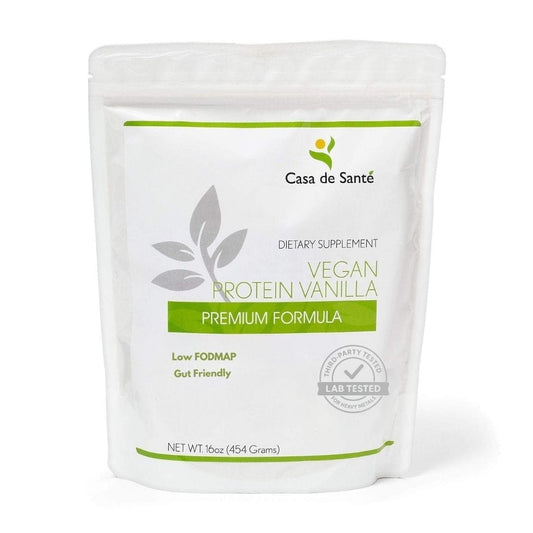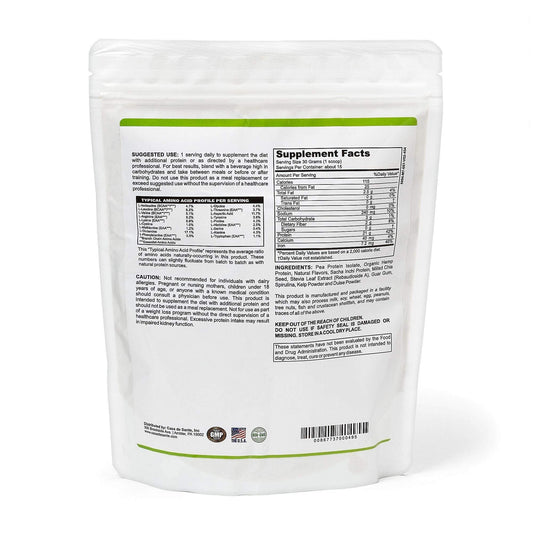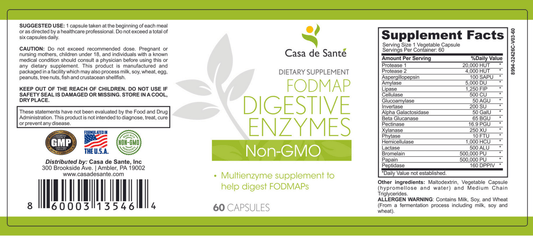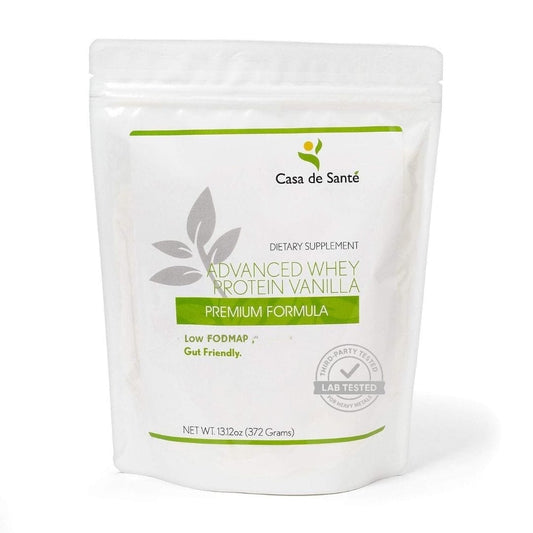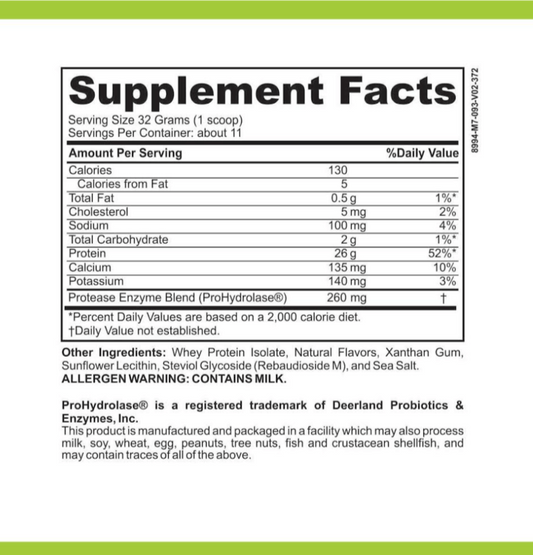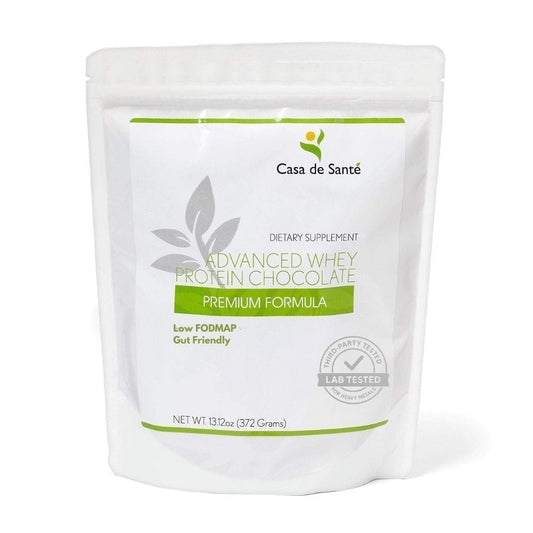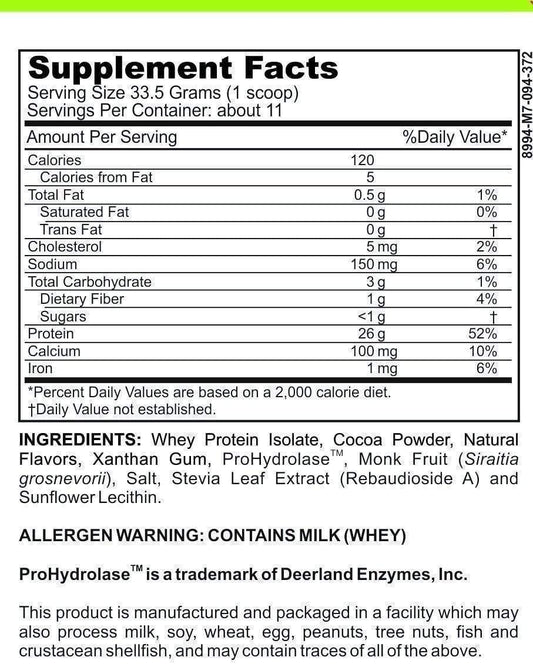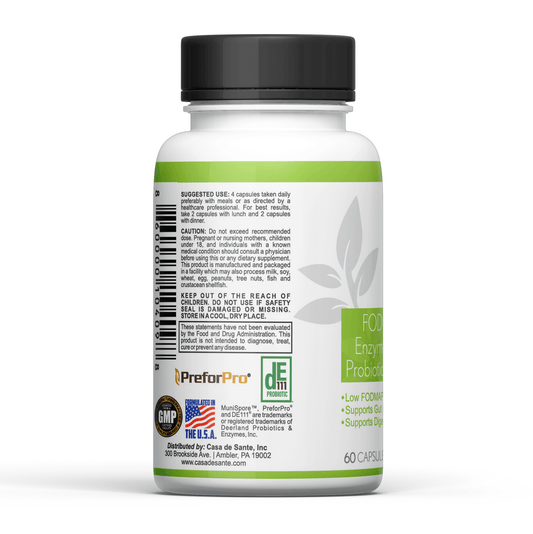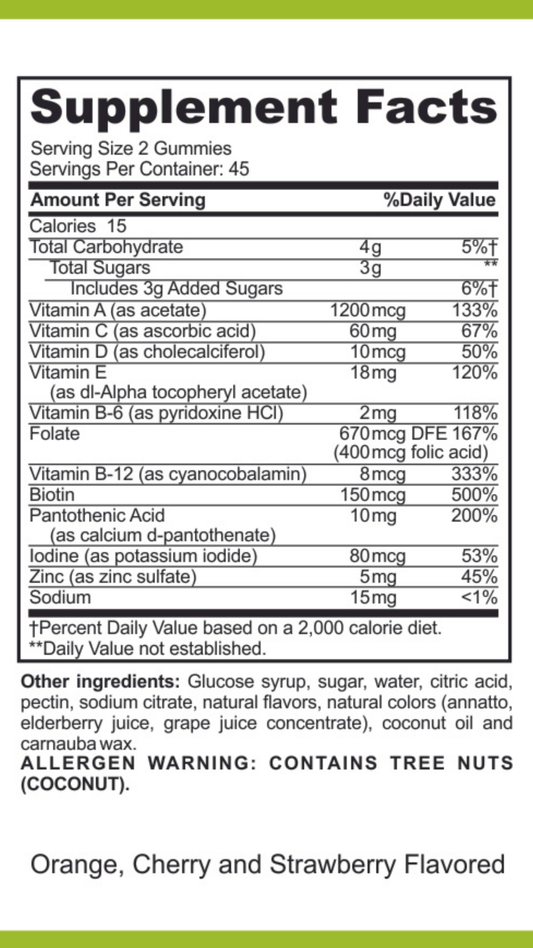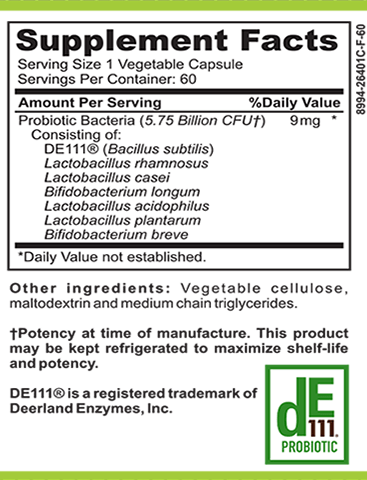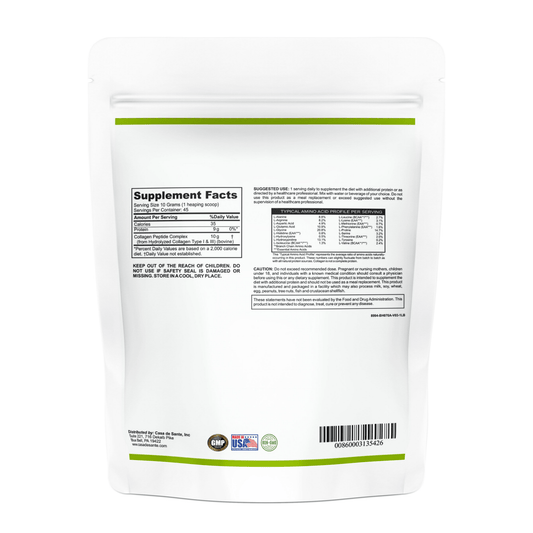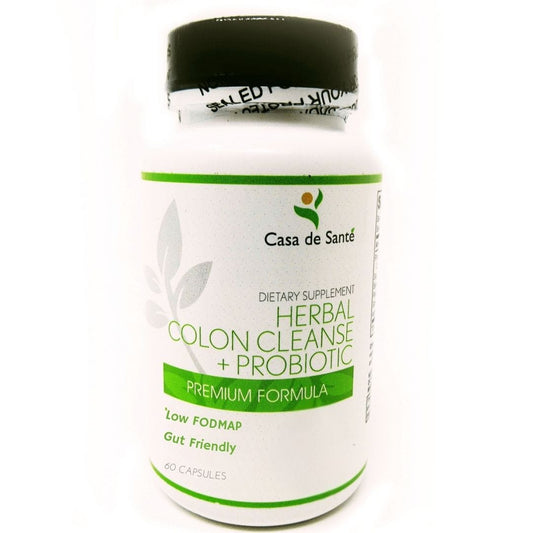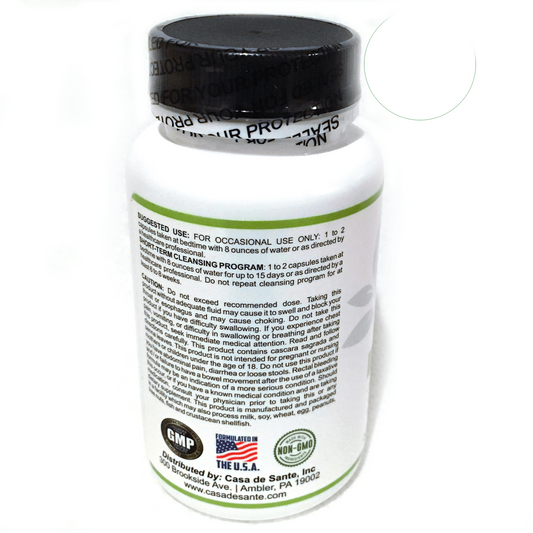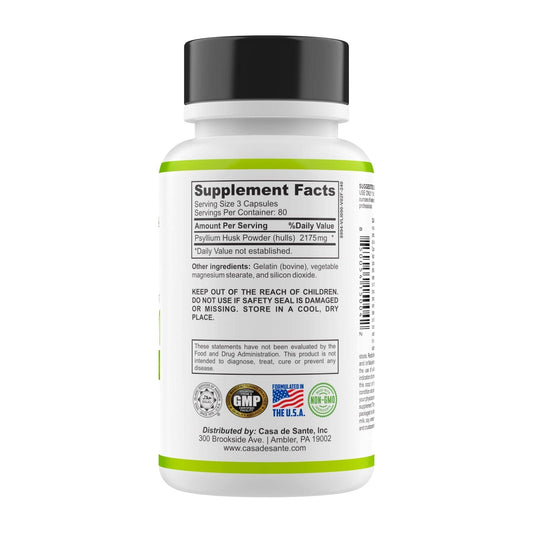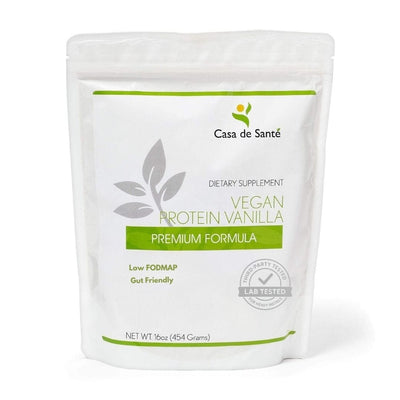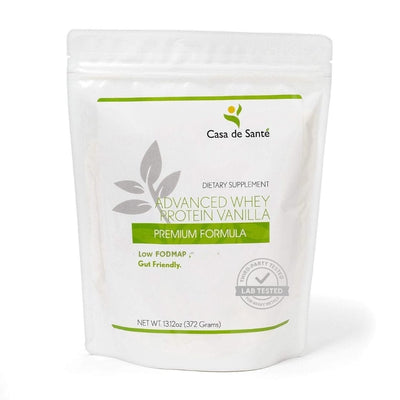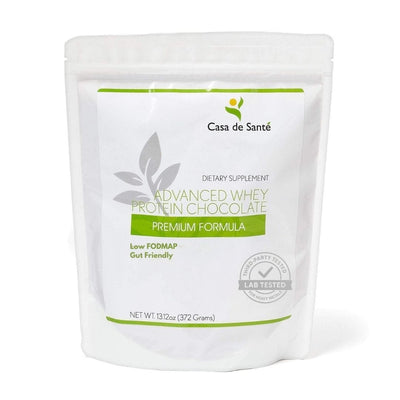Uncovering What Triggers POTS to Flare: Key Insights for Management
POTS, or Postural Orthostatic Tachycardia Syndrome, can be a tricky condition to manage. It often comes with a range of symptoms that can disrupt daily life, and understanding what triggers POTS to flare is key to finding relief. In this article, we'll explore the various physical, emotional, dietary, and environmental factors that can lead to POTS flare-ups, along with practical strategies to help manage the condition more effectively.
Key Takeaways
- POTS can cause heart rate issues, especially when standing for long periods.
- Stress and anxiety can worsen POTS symptoms, making stress management essential.
- Diet plays a big role; hydration and avoiding certain foods may help reduce symptoms.
- Temperature changes and humidity can trigger flare-ups, so it's good to stay cool.
- Identifying and managing any underlying medical conditions linked to POTS is crucial.
Understanding POTS and Its Triggers
POTS can be a real puzzle, right? It's not just one thing that sets it off; it's often a mix of factors. Let's break down what POTS is and some common triggers to watch out for.
Defining POTS
Postural Orthostatic Tachycardia Syndrome, or POTS, is a condition where your heart rate goes way up when you stand up. It's more than just feeling a little dizzy; it's a real issue with your autonomic nervous system, which controls all those automatic things your body does, like heart rate and blood pressure. Basically, when you stand, blood pools in your legs, and your heart has to work extra hard to pump it back up to your brain. This can lead to a whole bunch of uncomfortable symptoms. It often affects more women than men, and symptoms can start after things like viral illnesses or even after surgery.
Common Symptoms of POTS
So, what does POTS actually feel like? It's different for everyone, but here are some of the big ones:
- Dizziness or lightheadedness, especially when standing up.
- A pounding heart or feeling like your heart is racing.
- Brain fog – that fuzzy, can't-think-straight feeling.
- Fatigue that just won't quit.
- Nausea and sometimes even fainting.
It's easy to see how these symptoms can really mess with your day-to-day life. It's not just about feeling a bit off; it's about dealing with a whole range of issues that can make even simple tasks feel impossible.
How POTS Affects Daily Life
POTS can throw a wrench into pretty much everything. Imagine trying to work or go to school when you're constantly battling dizziness and fatigue. Social events? Forget about it – standing around and chatting can be a major challenge. Even simple things like grocery shopping or doing laundry can become exhausting. Living with POTS often means making big adjustments to your routine and learning to manage your symptoms so you can actually get through the day. It's a tough road, but understanding your triggers is a big step in taking back some control.
Physical Factors That Trigger POTS
Prolonged Standing
Prolonged standing is a well-known trigger for POTS symptoms. When you stand for an extended period, blood tends to pool in the lower extremities, making it harder for the heart to pump blood back to the brain. This can lead to lightheadedness, dizziness, and even fainting. People with POTS often experience a significant increase in heart rate upon standing, exacerbating these symptoms. Simple things like waiting in line or standing during a commute can become major challenges. Try to incorporate movement, like shifting your weight or flexing your leg muscles, to help promote blood flow. Understanding the root cause of POTS is important for managing these triggers.
Temperature Sensitivity
Many individuals with POTS are highly sensitive to temperature changes. Extreme heat can cause blood vessels to dilate, further reducing blood pressure and worsening POTS symptoms. Conversely, cold temperatures can cause blood vessels to constrict, which can also trigger symptoms in some individuals.
Here's a quick guide to managing temperature sensitivity:
- Stay hydrated, especially in warm weather.
- Use cooling towels or vests during hot days.
- Dress in layers to easily adjust to temperature fluctuations.
- Avoid prolonged exposure to extreme temperatures.
It's not just about the external temperature; internal body temperature regulation can also be affected. Some people with POTS experience excessive sweating or difficulty sweating, making it harder to maintain a stable body temperature.
Physical Exertion
Physical exertion can be a double-edged sword for people with POTS. While exercise is often recommended as a long-term management strategy, it can also trigger symptoms if not approached carefully. The increased demand for blood flow during exercise can overwhelm the body's ability to regulate blood pressure and heart rate, leading to fatigue, dizziness, and other POTS-related symptoms. It's important to start slowly and gradually increase the intensity and duration of exercise. Consider working with a physical therapist who specializes in POTS to develop a safe and effective exercise plan.
Emotional and Psychological Triggers

Stress and Anxiety
It's no secret that stress and anxiety can mess with your body, but for those with POTS, it can be a major trigger. When you're stressed, your body goes into fight-or-flight mode, which can throw your autonomic nervous system into overdrive. This can lead to a cascade of symptoms, like increased heart rate, dizziness, and even fainting. It's like your body is constantly hitting the panic button, and that's not good for anyone, especially those already dealing with POTS.
Impact of Mental Health
Mental health plays a big role in managing POTS. Conditions like depression and anxiety aren't just feelings; they can actually worsen POTS symptoms. It's a vicious cycle: POTS symptoms can lead to feeling down or anxious, and those feelings can then make the POTS symptoms even worse. It's important to address both the physical and mental aspects of POTS to really feel better.
Taking care of your mental health is just as important as managing the physical symptoms of POTS. Finding a therapist or counselor who understands chronic illness can make a huge difference in your overall well-being.
Coping Mechanisms
Finding healthy ways to cope with stress and anxiety is key for managing POTS. Here are a few ideas:
- Mindfulness and Meditation: Even a few minutes of daily meditation can help calm your nervous system.
- Deep Breathing Exercises: Simple breathing techniques can help lower your heart rate and reduce anxiety.
- Gentle Exercise: Activities like yoga or tai chi can help reduce stress and improve overall well-being.
- Support Groups: Connecting with others who understand what you're going through can provide emotional support and practical advice.
- Creative Outlets: Painting, writing, or playing music can be great ways to express your feelings and reduce stress.
Dietary Influences on POTS Symptoms

Hydration and Electrolytes
Staying properly hydrated is super important for managing POTS. POTS often leads to reduced blood volume, so drinking enough fluids is key to counteracting this. Aim for at least 2-3 liters of water daily, and even more if you're active or it's hot. Adding electrolytes can also help your body retain fluids more effectively. Think of it like this: water is the fuel, and electrolytes are the engine oil, helping everything run smoothly.
Food Sensitivities
Food sensitivities can really mess with POTS symptoms. It's like your body is constantly fighting something, which can trigger flare-ups. Inflammation in the gut or an imbalance in gut bacteria can make POTS worse. Keeping a food diary can help you pinpoint which foods might be causing problems. It's a bit of trial and error, but worth it to feel better.
Caffeine and Alcohol Effects
Caffeine and alcohol can be tricky for people with POTS. Caffeine might seem like a good idea for a quick energy boost, but it can also lead to dehydration and increased heart rate, which isn't great. Alcohol, on the other hand, can dilate blood vessels and lower blood pressure, potentially worsening symptoms. It's all about finding what works for you, but moderation is usually the best approach.
It's worth noting that everyone's body reacts differently. What triggers one person might not affect another. Paying attention to your body and how it responds to different foods and drinks is essential for managing POTS symptoms through diet.
Environmental Factors Contributing to POTS Flare-Ups
Weather Changes
Okay, so weather, right? It's not just small talk; it can seriously mess with POTS. Barometric pressure shifts? Big deal. Sudden temperature swings? Even bigger deal. These changes can throw your autonomic nervous system into total chaos, making it harder for your body to regulate blood pressure and heart rate. It's like your internal thermostat is having a meltdown. People with POTS often report feeling worse during these times. It's not just a coincidence; it's a real thing.
Humidity and Heat
Humidity and heat are a double whammy for POTS sufferers. High humidity makes it harder for sweat to evaporate, which means your body can't cool down as efficiently. This can lead to overheating, which then triggers a whole cascade of POTS symptoms. Think dizziness, fatigue, and that lovely feeling of wanting to pass out. Heat can cause vasodilation, which is when your blood vessels widen. This drops your blood pressure, making it even harder for your body to get blood up to your brain. Not fun.
Air Quality
Air quality is another sneaky trigger. Pollutants, allergens, and even smoke can irritate your respiratory system, which then impacts your cardiovascular system. This can lead to inflammation and autonomic dysfunction, making POTS symptoms worse. Think about it: your body is already struggling to regulate things, and then you throw in a bunch of irritants? It's like kicking a system that's already down. Here are some things to consider:
- Pay attention to air quality alerts in your area.
- Consider using an air purifier at home.
- Avoid outdoor activities on high-pollution days.
Living with POTS is like constantly walking a tightrope. You're always trying to balance your body's needs, and environmental factors can easily knock you off. Being aware of these triggers is the first step in managing them. It's not always easy, but it's definitely worth it.
Here's a table showing how different environmental factors can affect POTS symptoms:
| Factor | Effect on POTS |
|---|---|
| Heat | Vasodilation, decreased blood pressure |
| Humidity | Impaired cooling, overheating |
| Air Pollution | Inflammation, autonomic dysfunction |
| Barometric Pressure | Fluctuations in blood pressure and heart rate |
Medical Conditions Associated with POTS
It turns out that POTS doesn't always come out of nowhere. Sometimes, it's linked to other medical conditions. Figuring out these connections can be super helpful in managing POTS symptoms. It's like detective work for your health!
Autoimmune Disorders
Autoimmune diseases can really mess with your body, and sometimes that includes triggering POTS. Conditions like lupus and Sjogren's syndrome can lead to autonomic nervous system dysfunction, which then causes POTS. It's like your immune system is accidentally attacking the parts of your body that control heart rate and blood pressure. If you have an autoimmune disorder, it's worth chatting with your doctor about whether it could be playing a role in your POTS symptoms. Addressing the autoimmune issue can sometimes help with the POTS too. For example, Sjogren’s syndrome can be related to POTS.
Infections and Viral Illnesses
Ever notice how you feel totally out of whack after a bad flu? Well, sometimes infections and viral illnesses can actually trigger POTS. Things like Lyme disease or even a nasty cold can throw your autonomic nervous system for a loop. It's not super common, but it's definitely something to be aware of. If your POTS symptoms started after an infection, make sure to tell your doctor. They might want to run some tests to see if there's a connection.
Hormonal Imbalances
Hormones are like the body's messengers, and when they're out of whack, all sorts of things can go wrong. Hormonal imbalances, especially in women, can sometimes contribute to POTS. Conditions like thyroid dysfunction or even just fluctuations during menstruation can affect the autonomic nervous system. It's all connected! If you suspect your hormones might be playing a role, talk to your doctor about getting them checked. Getting your hormones back in balance might just help ease those POTS symptoms. Adrenal fatigue is one of the root causes of POTS.
It's important to remember that everyone's different, and what triggers POTS in one person might not affect another. That's why it's so important to work closely with your doctor to figure out what's going on with your body and come up with a plan that works for you.
Lifestyle Modifications for Managing POTS
Okay, so there's no magic bullet for POTS, but tweaking your daily habits can seriously make a difference. It's all about finding what works for you, because everyone's different. Let's dive into some changes you can try out.
Exercise Recommendations
Exercise can be tough with POTS, I get it. But it's also one of the best long-term strategies for improving blood circulation and overall stamina. The key is to start slow and steady. Think low-impact stuff like swimming or recumbent biking. A graded exercise program is often recommended, gradually increasing intensity and duration as you build tolerance. Don't push yourself too hard, listen to your body, and take breaks when needed. It's a marathon, not a sprint!
Sleep Hygiene
Sleep is super important, and when you don't get enough, POTS symptoms can get worse. Aim for a consistent sleep schedule – go to bed and wake up around the same time each day, even on weekends. Create a relaxing bedtime routine: maybe a warm bath, some light reading, or gentle stretching. Make sure your bedroom is dark, quiet, and cool. Avoid screens before bed, and limit caffeine and alcohol in the evening.
Stress Reduction Techniques
Stress can really mess with POTS. Finding ways to manage stress is crucial. There are tons of techniques out there, so experiment and see what resonates with you. Some ideas:
- Deep breathing exercises
- Meditation or mindfulness
- Yoga or tai chi
- Spending time in nature
- Engaging in hobbies you enjoy
It's all about finding what helps you relax and de-stress. Maybe it's listening to music, spending time with loved ones, or even just taking a few minutes each day to disconnect from technology. Whatever works, make it a priority.
Also, don't underestimate the power of compression garments. They can really help stabilize blood pressure when standing.
Final Thoughts on Managing POTS Flare-Ups
In conclusion, understanding what triggers POTS flare-ups is a big step toward managing this condition. It’s all about being aware of your body and the situations that can make symptoms worse. Simple changes, like staying cool, managing stress, and being careful about how you stand, can really help. Remember, everyone’s experience with POTS is different, so it might take some time to figure out what works best for you. Don’t hesitate to reach out to healthcare professionals for support. You’re not alone in this, and with the right strategies, you can find ways to live a more comfortable life.
Frequently Asked Questions
What is POTS?
POTS stands for Postural Orthostatic Tachycardia Syndrome. It's a condition that affects the nervous system and causes a fast heart rate when a person stands up.
What are the common symptoms of POTS?
People with POTS may experience symptoms like dizziness, fatigue, rapid heart rate, and sometimes fainting when they stand.
What triggers POTS flare-ups?
POTS flare-ups can be triggered by standing for long periods, hot weather, stress, and even certain foods.
How can I manage my POTS symptoms?
Managing POTS symptoms can include staying hydrated, avoiding heat, and practicing relaxation techniques like deep breathing or yoga.
Can diet affect POTS?
Yes, diet can play a big role in managing POTS. Drinking enough fluids and getting enough salt can help, while certain foods might trigger symptoms.
Is there a cure for POTS?
There is no known cure for POTS, but many people find ways to manage their symptoms through lifestyle changes and medical treatment.

